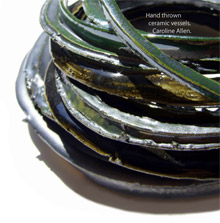Antonio Blanco-Gonzalez (University of Durham)
This paper discusses the manifold inspirational streams used in highly variable and culturally purposeful ways by Bronze Age craftpeople. It focuses on Middle and Late Bronze Age pottery in central Iberia (1800-1150 cal BC) also known as Cogotas I style. This case study illustrates the widespread quotation of ornamental techniques very probably taken from space-time unconnected cultural settings. The available evidence prompts to reconsider creativity among these later prehistoric artisans envisaging several scenarios where Cogotas I potters could have encountered and interacted with those ‘outsider’ inspirational sources, eventually emulating them: 1) previous and extinct ceramic assemblages, via the reuse of caves and megaliths and pit-digging in short-lasting but reiterative open air ‘pit sites’; and 2) acknowledging imported pots or sherds from coetaneous but quite distant groups (e.g. MBA Duffaits excised productions).
The presentation upholds a fresh hypothesis to reassess creativity in this ceramic style as the outcome of pervasive and meaningful practices of citation which can be best understood by focussing on potters’ contingent creative engagement with such issues as identity, self-awareness and otherness. Thus, ornamental choices in the Cogotas I style might have acted as mnemonic or mythological expressions (e.g. the ‘Boquique’ a ‘stab-and-drag’ technique with precedents among the Early Neolithic pottery, or the incrustation of white paste as in local Beaker assemblages), whereas other techniques (e.g. excision) might have referred to alien or ‘parallel’ realities.


